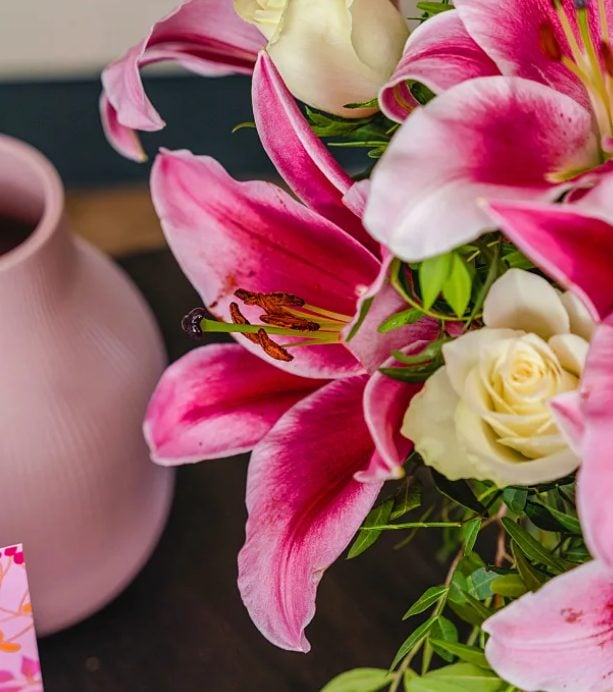
Best Summer Flowers for Bouquets: From Garden to Vase
Summer brings an abundance of colorful blooms that are perfect for creating stunning bouquets to brighten up your home or to give as thoughtful gifts to friends and loved ones. Whether you’re harvesting flowers from your garden or selecting them from the local florist, knowing which blooms to choose and how to arrange them can help you create beautiful arrangements that capture the essence of the season. In this guide, we’ll explore some of the best summer flowers for bouquets and offer tips on how to select, prepare, and arrange them for maximum impact.
Choosing the Right Flowers
When selecting flowers for summer bouquets, consider the following factors:
1. Color Palette:
Choose flowers in a harmonious color palette that reflects the vibrant hues of summer. Consider incorporating a mix of warm tones like reds, oranges, and yellows, as well as cool tones like blues, purples, and whites for contrast.
2. Texture and Shape:
Select flowers with a variety of textures and shapes to add visual interest and depth to your bouquet. Mix fluffy blooms like peonies and dahlias with spiky flowers like gladiolus and delphiniums for a dynamic arrangement.
3. Fragrance:
Consider the fragrance of the flowers you choose, as scent can add another layer of sensory delight to your bouquet. Opt for fragrant blooms like roses, lilies, and lavender to infuse your bouquet with a delightful aroma.
4. Seasonal Availability:
Choose flowers that are in season during the summer months for the freshest and most vibrant blooms. Some popular summer flowers include sunflowers, zinnias, cosmos, hydrangeas, and daisies.
Preparing Your Flowers
Once you’ve selected your flowers, it’s essential to prepare them properly to ensure they stay fresh and beautiful in your bouquet. Here are some tips:
1. Trim the Stems:
Before arranging your flowers, trim the stems at a 45-degree angle using sharp scissors or floral shears. Cutting the stems at an angle creates a larger surface area for water absorption, helping the flowers stay hydrated.
2. Remove Excess Foliage:
Strip any excess foliage from the lower part of the stems that will be submerged in water. Removing leaves below the waterline helps prevent bacterial growth and keeps the water clean.
3. Hydrate the Flowers:
Place the stems in a bucket of clean water immediately after cutting to hydrate the flowers and prevent them from wilting. Allow the flowers to soak for at least an hour before arranging them in your bouquet.
Arranging Your Bouquet
Now that your flowers are prepared, it’s time to arrange them into a beautiful bouquet. Follow these steps for a professional-looking arrangement:
1. Start with a Base:
Begin by selecting a few larger blooms to serve as the focal point of your bouquet. Place these flowers in the center of your arrangement and build around them.
2. Add Filler Flowers:
Next, add filler flowers like baby’s breath, waxflower, or asters to fill in the gaps between the larger blooms and add volume to your bouquet.
3. Incorporate Texture:
Add flowers with interesting textures and shapes to add depth and dimension to your bouquet. Consider incorporating flowers like roses, dahlias, or lisianthus for added visual interest.
4. Create Balance:
As you arrange your flowers, step back occasionally to assess the balance and symmetry of your bouquet. Aim for a balanced distribution of colors, shapes, and sizes throughout the arrangement.
5. Secure the Bouquet:
Once you’re satisfied with the arrangement, tie the stems together with floral tape or a rubber band to hold them in place. Trim the stems to the desired length, and place the bouquet in a vase filled with clean water.
Caring for Your Bouquet
To ensure your bouquet stays fresh and beautiful for as long as possible, follow these care tips:
1. Change the Water:
Change the water in your vase every two to three days to keep it clean and fresh. Re-trim the stems each time you change the water to maintain optimal hydration.
2. Keep it Cool:
Place your bouquet in a cool, shady spot away from direct sunlight, heat sources, and drafts. Cooler temperatures help slow the wilting process and prolong the lifespan of your flowers.
3. Remove Fading Blooms:
As flowers begin to fade, remove them from the bouquet to maintain the overall appearance and freshness of the arrangement. This will also allow more nutrients and water to reach the remaining blooms.
4. Mist the Flowers:
Mist the petals of your flowers lightly with water using a spray bottle to keep them hydrated and fresh. Be careful not to over-mist, as excess moisture can lead to mold and bacterial growth.
By following these tips for selecting, preparing, arranging, and caring for your summer flower bouquet, you can create stunning arrangements that capture the beauty and essence of the season. Whether adorning your dining table, brightening up your living room, or bringing joy to someone special, a beautifully crafted bouquet is sure to delight and inspire all who behold it.
